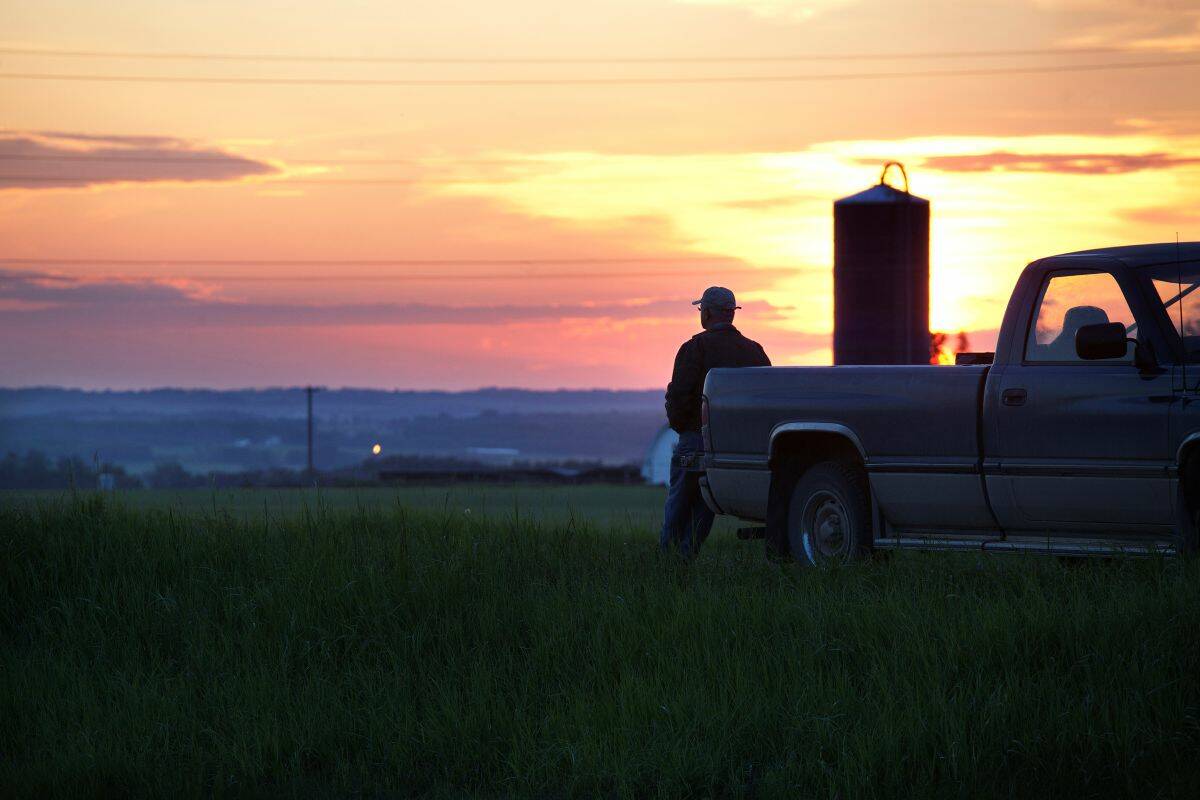There’s a labour shortage on Canadian grain farms. And if industry predictions are correct, it’s only going to get worse… a lot worse. Following a three-year study, the Canadian Agricultural Human Resource Council (CAHRC) reported in 2016 that several factors will combine to create a growing shortage of domestic labour for farms.
With an anticipated growth in global demand for food, an aging workforce and fewer rural youth, it’s anticipated that 114,000 primary agriculture jobs are at risk of going unfilled by 2025.
In other words, Canada’s farmers may not be able to find employees to take one out of every four jobs that are available.
Read Also

It doesn’t have to be the end for your farm
Options for farmers without successors to pass on the farm.
In fact, it may be even worse for the grain and oilseeds sector, which may see one of the largest labour gaps of any commodity group. While technological improvements have resulted in huge productivity gains on grain farms in recent years, and while these gains do help to offset the labour shortage, it will be a challenge to maintain this rate of productivity gain into the future, says Debra Hauer, manager of labour market information at CAHRC.
Farm businesses have many unique challenges when it comes to recruiting and retaining staff. These include seasonality, variability in hours, competition with other sectors for work, remote locations, and a lack of workers with the right skills and experience.
Again, the numbers are worrying.
At 18 per cent in 2014, according to the CAHRC report, agriculture has the second highest turnover rate of any Canadian sector.
Michelle Painchaud, a Winnipeg-based human resources business consultant who specializes in agriculture, has seen this problem first-hand. “Almost every farmer across the country laments about finding labour,” she says. “This is a truly challenging issue and one that we need to address quickly.”
The agriculture industry needs to be proactive in looking for solutions to the labour shortage. A survey of farmers as part of the CAHRC study indicates the labour gap is already costing farmers lost revenue and has resulted in farmers cancelling or postponing expansion plans.
More women employees
Is it possible that women could help ease the labour shortage on grain farms?
The 2016 labour force survey indicates that of the 117,000 hired farm workers, only 42,100 or 36 per cent were female. Is part of the labour pool being underutilized?
Here’s a look at some of the factors at work in this dynamic. Over the past few decades in Canada, women have increasingly pursued agriculture programs at the university level. Today they make up 60 per cent of university ag graduates.
When it comes to employment, one-half of those who work as on-farm professionals or in occupations requiring college education are women, according to the 2011 National Household Survey. (Note that women only accounted for 27 per cent of farm employees who worked in management jobs.)
But we don’t see the same trends at the diploma level. At the University of Guelph’s Ridgetown Campus, for example, only 40 per cent of this year’s class is female, and that number drops to 30 per cent for the University of Manitoba’s ag diploma program.
Plus, when we look at the number of students in Ridgetown’s ag diploma program who are taking elective courses in field crop production and machinery maintenance (which would indicate an interest in work where those skills are required), those numbers drop to 23 per cent and 16 per cent, respectively.
But before we jump to the conclusion that women are less interested in field crop production and machinery maintenance than their male counterparts, the experts tell us we should ask whether there could be other explanations, such as not having had prior exposure to these subject areas, a lack of female mentors, or feeling uncomfortable being outnumbered by their male counterparts.
Painchaud says there are many reasons why women are under-represented on farms. Some of these barriers include the working conditions, industry reputation, sexism on the farm, and farmers not wanting to allow flexible working hours to accommodate women who still carry the brunt of responsibility for childcare.
Jeanne Bernick, a business consultant in eastern Iowa sees a similar situation in the U.S. She says there is a groundswell of women coming back to agriculture after graduating from ag programs in university. Many of them are going into ag business, but they are under-represented on farms.
Both also say the age of the farmer can play a role, with farmers under 40 generally having more flexible attitudes about women working on the farm.
Bernick and Painchaud have authored a book called Ceres Rising to provide women with the tools they need to succeed in agriculture.
Bernick is blunt about the situation. “Although physical strength is no longer required due to technological changes, some farmers haven’t changed their mindset; they haven’t made the leap yet,” she says.
Marg Rempel has farmed near Steinbach, Man., for more than 40 years and has always been involved at the ground level, and she has no qualms about hiring a woman. And she doesn’t think other farmers do either. “They are used to working with female agronomists and have spouses who haul grain and run the combine,” she says.
Rempel has had trouble filling a seasonal position to do field work at her farm and knows the unpredictable hours due to the weather are a barrier for women, especially single moms, who are also responsible for childcare. A lack of childcare in rural areas exacerbates the problem, she says.
Sharon Hart, an owner of Blythe Brae Farms, a large cash crop operation near Woodstock, Ont., has known a number of women who have worked part-time combining, drying corn, planting and looking after equipment. “It can be a great job for someone who wants to work part-time and perhaps pick up another job or travel in the winter and summer,” she says, adding, “In many cases the hours could be arranged so they could share with another operator.”
Hart says the need for training is greater than ever before. “You can’t just put anybody on a tractor or combine and expect them to do good work. We find that having another qualified employee show a new person the techniques has paid off.” As planting and harvest are very busy times, they also try to make reasonable hours for people so that they are at their optimum when working.
While hiring more women could help fill the need for more workers on grain farms, a more diverse workforce has other benefits as well. Anne Burnham, who manages the farm market and bakery at their farm near Cobourg, Ont., finds a diverse staff is advantageous. “A diversity of ages and genders is best,” she says, and she finds they bring a range of energy levels, experience and ideas to the job.
According to the CAHRC report, solving the farm labour shortage will require a co-ordinated effort by government, employers, and educational institutions. Policies, incentive, courses or other programs will be most effective, the report says, if they are accessible to all.
(Note: This article is the first in a series of articles that will explore the roles of women on the farm and strategies for recruiting and retaining female employees while building a cohesive co-ed farm team.)
Resources
- Ceres Rising — How Women are Leading Farm Business (2017) by Jeanne Bernick and Michelle Painchaud.
















